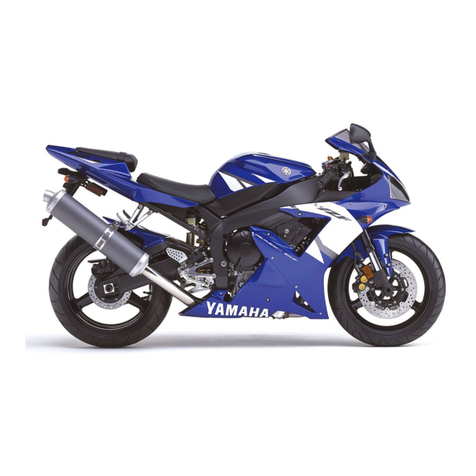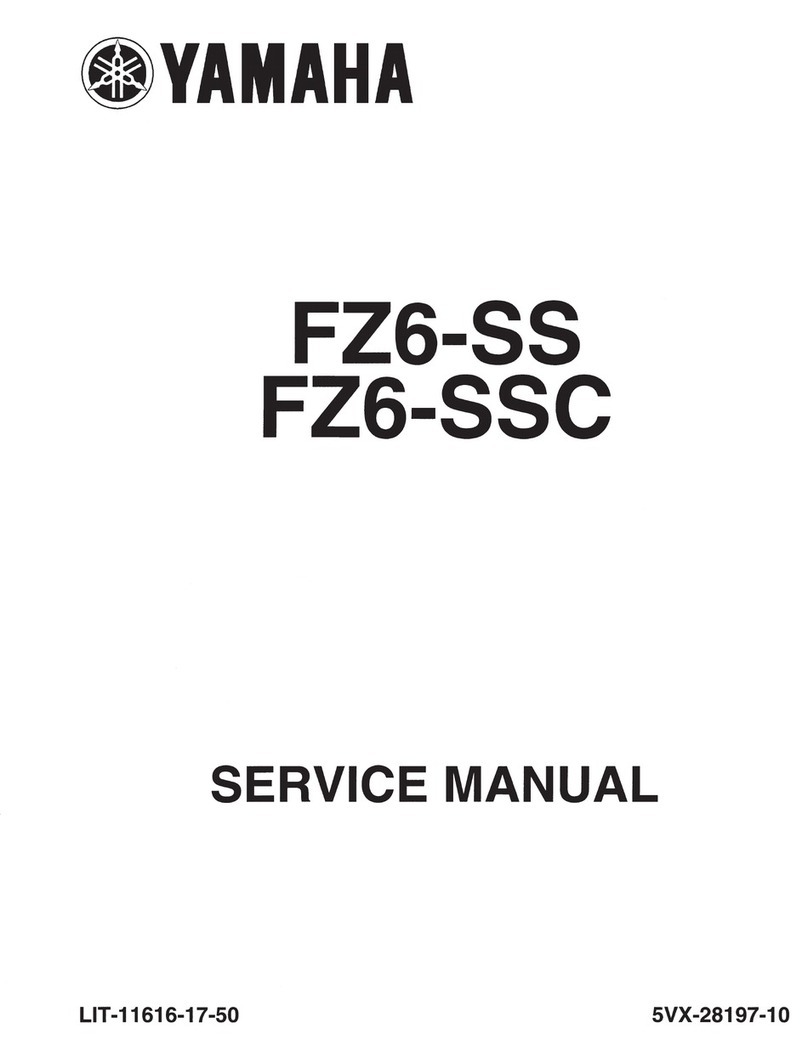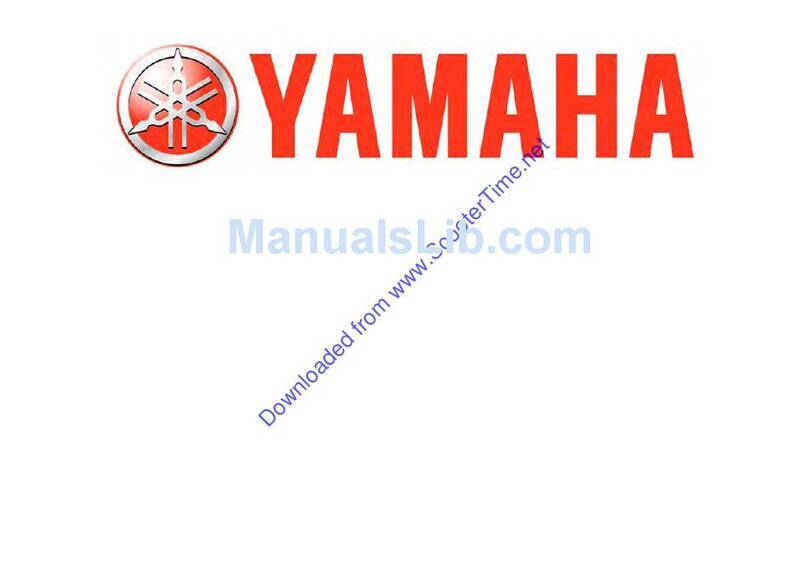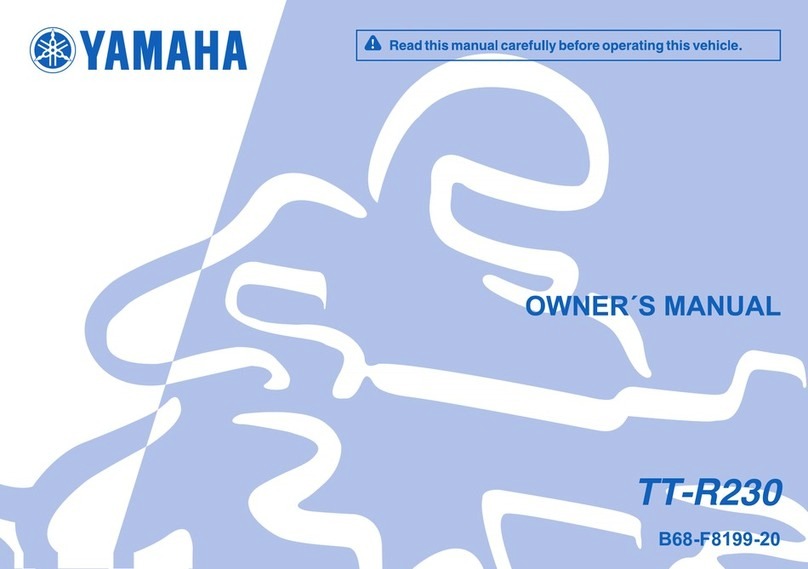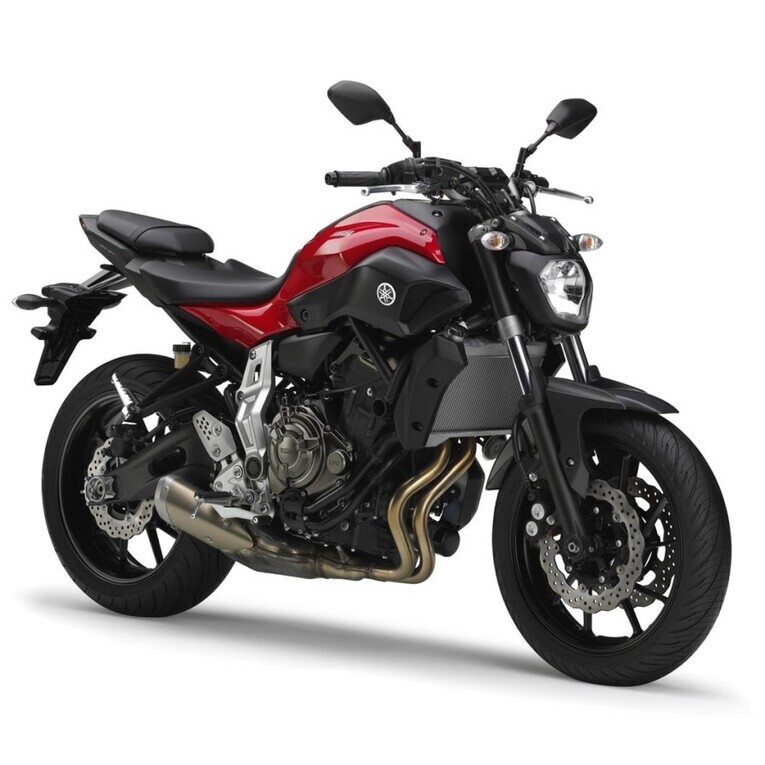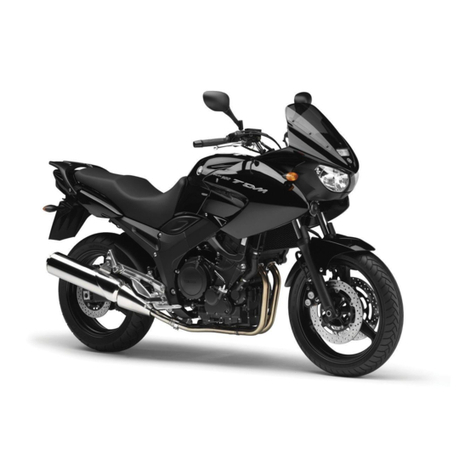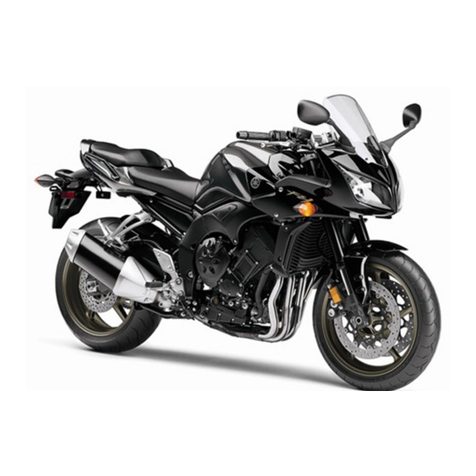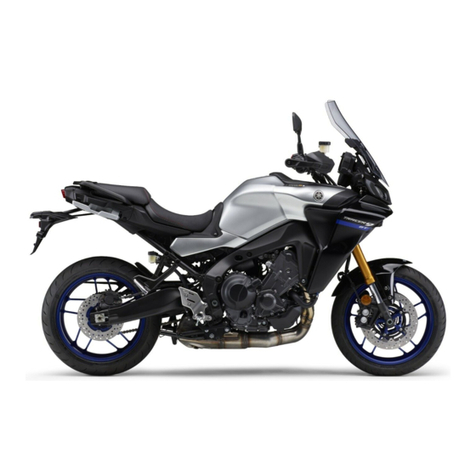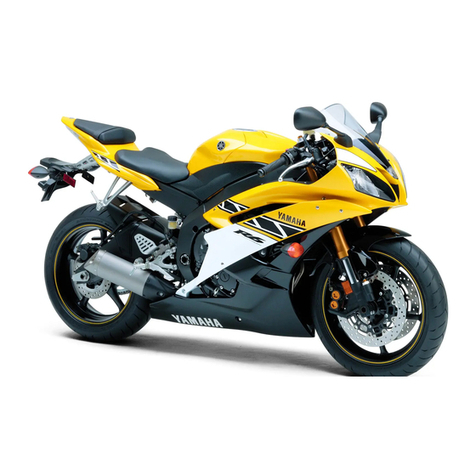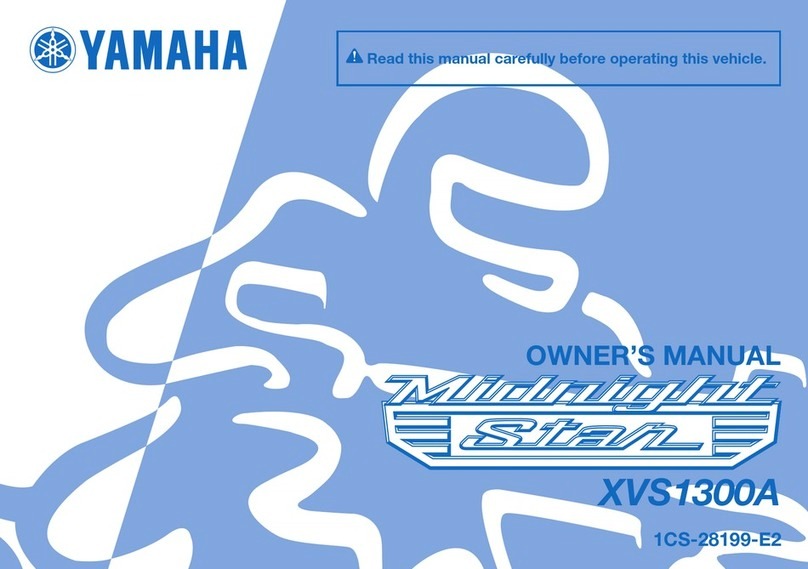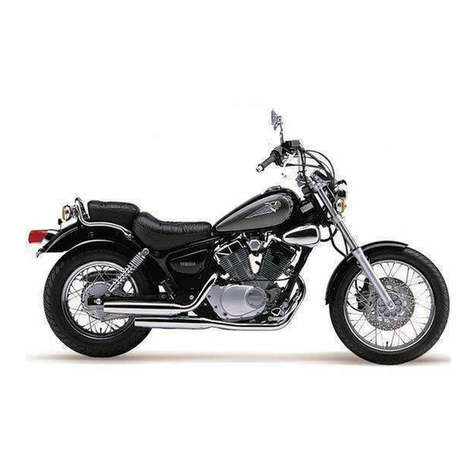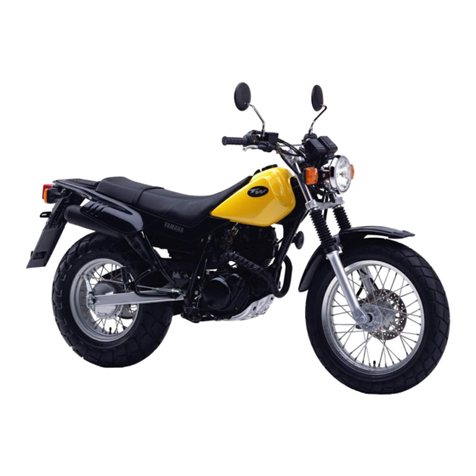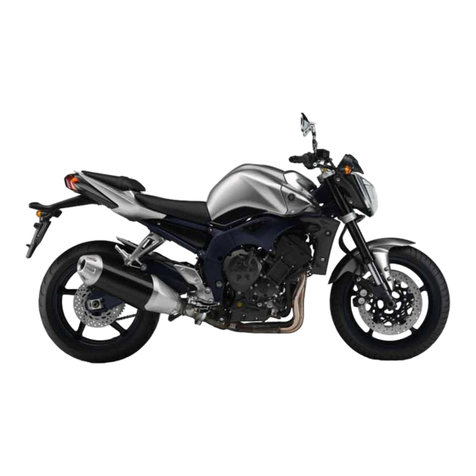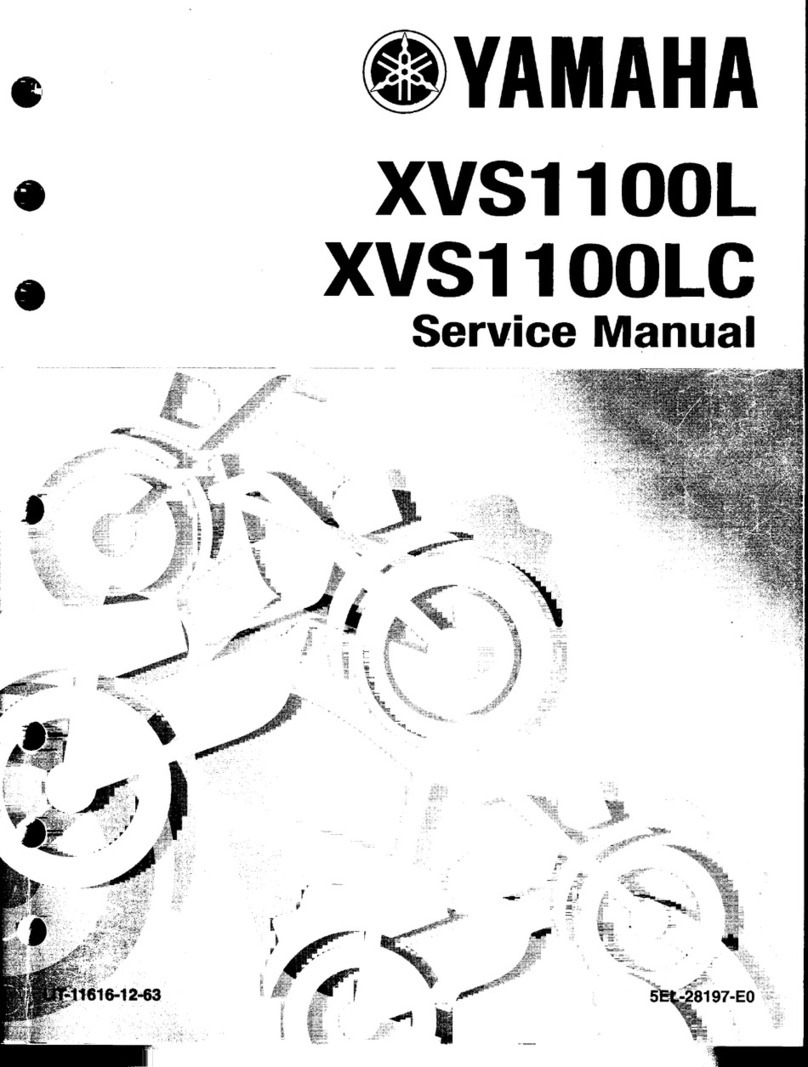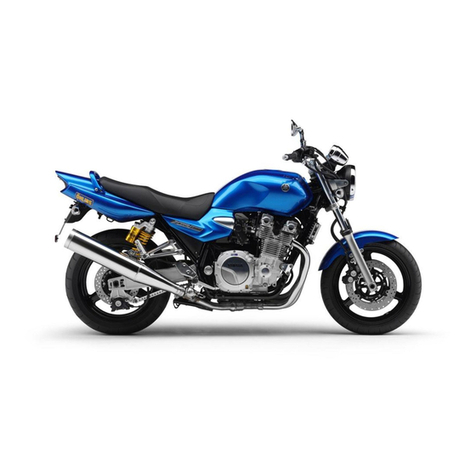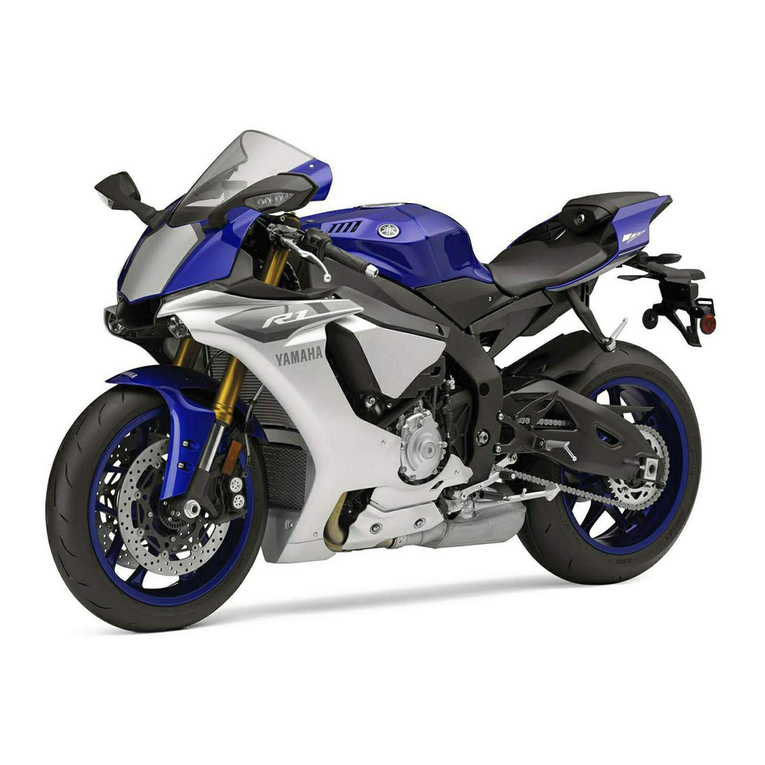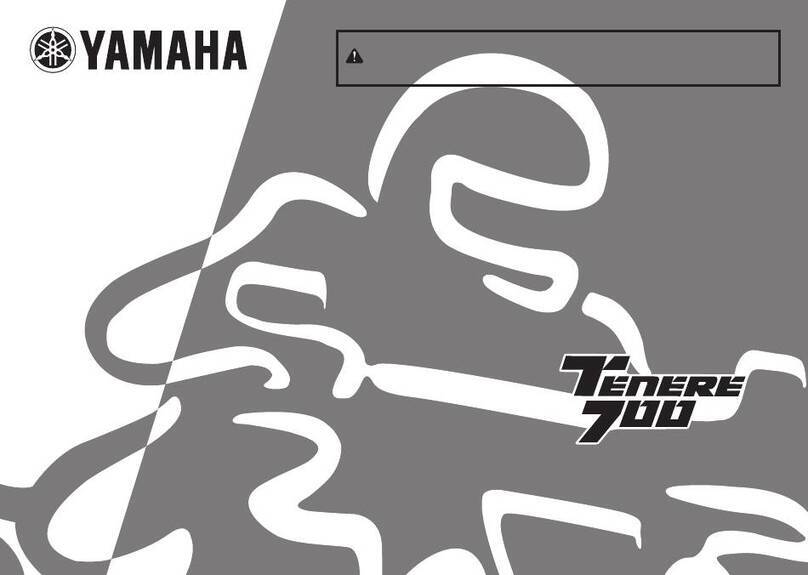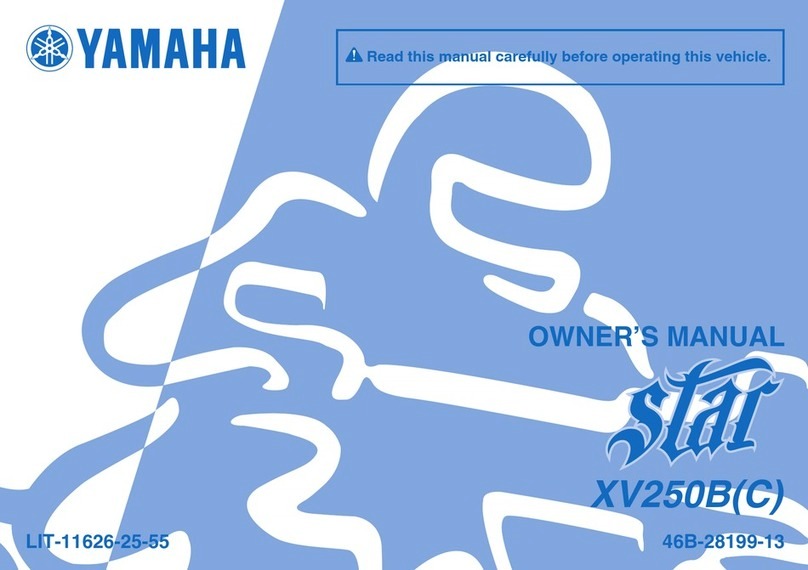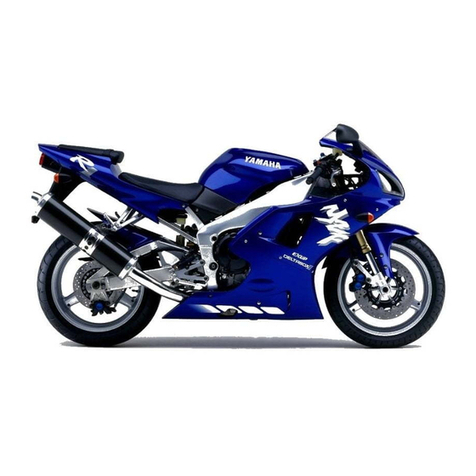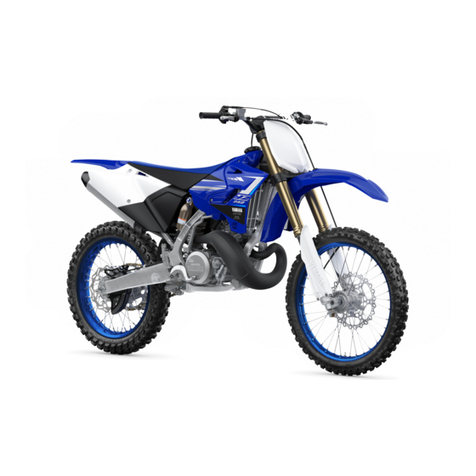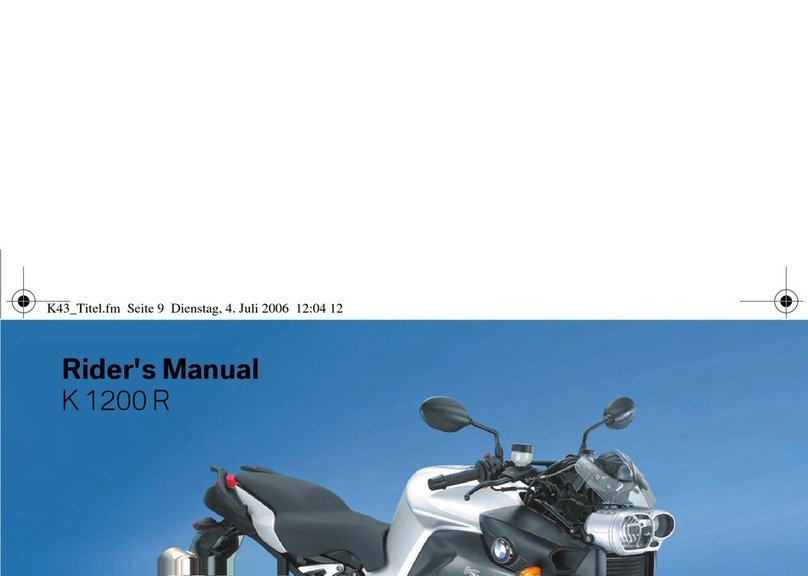
1
2
3
4
5
6
7
8
9
10
GENERAL INFORMATION
SAFETY INFORMATION..................................................................................1-1
FOR SAFETY, BE SURE TO OBEY THE FOLLOWING: ..........................1-1
LOCATION OF IMPORTANT LABELS ............................................................1-4
DESCRIPTION..................................................................................................1-7
IDENTIFICATION..............................................................................................1-8
VEHICLE IDENTIFICATION NUMBER ......................................................1-8
ENGINE SERIAL NUMBER .......................................................................1-8
VEHICLE EMISSION CONTROL INFORMATION LABEL.........................1-8
INCLUDED PARTS...........................................................................................1-9
NIPPLE WRENCH......................................................................................1-9
HANDLEBAR PROTECTOR ......................................................................1-9
FUEL HOSE JOINT COVER ......................................................................1-9
POWER TUNER (Except for Canada) .......................................................1-9
COUPLER FOR CONNECTING OPTIONAL PART (For Canada) ..........1-10
IMPORTANT INFORMATION .........................................................................1-11
PREPARATION FOR REMOVAL AND DISASSEMBLY..........................1-11
REPLACEMENT PARTS..........................................................................1-11
INSTRUMENT AND CONTROL FUNCTIONS ...............................................1-12
WARNING LIGHTS ..................................................................................1-12
ENGINE STOP SWITCH..........................................................................1-12
START SWITCH.......................................................................................1-12
MODE SWITCH (Except for Canada) ......................................................1-12
SHIFT PEDAL ..........................................................................................1-13
FRONT BRAKE LEVER ...........................................................................1-13
REAR BRAKE PEDAL..............................................................................1-13
SIDESTAND .............................................................................................1-14
STARTER KNOB......................................................................................1-14
FUEL TANK CAP .....................................................................................1-14
MULTI-FUNCTION DISPLAY .........................................................................1-15
DESCRIPTION .........................................................................................1-15
SETTING THE TIMER..............................................................................1-15
SETTING MODE ......................................................................................1-17
FUNCTION DIAGRAM .............................................................................1-20
STARTING AND BREAK-IN...........................................................................1-22
FUEL ........................................................................................................1-22
HANDLING NOTE ....................................................................................1-22
STARTING A COLD ENGINE ..................................................................1-22
STARTING A WARM ENGINE.................................................................1-23
